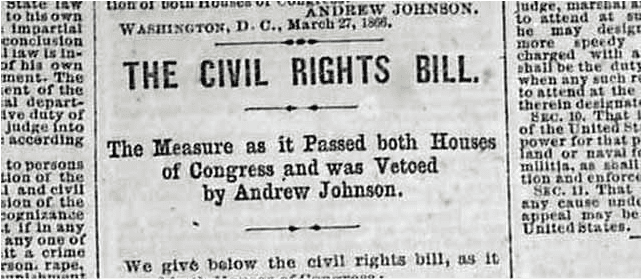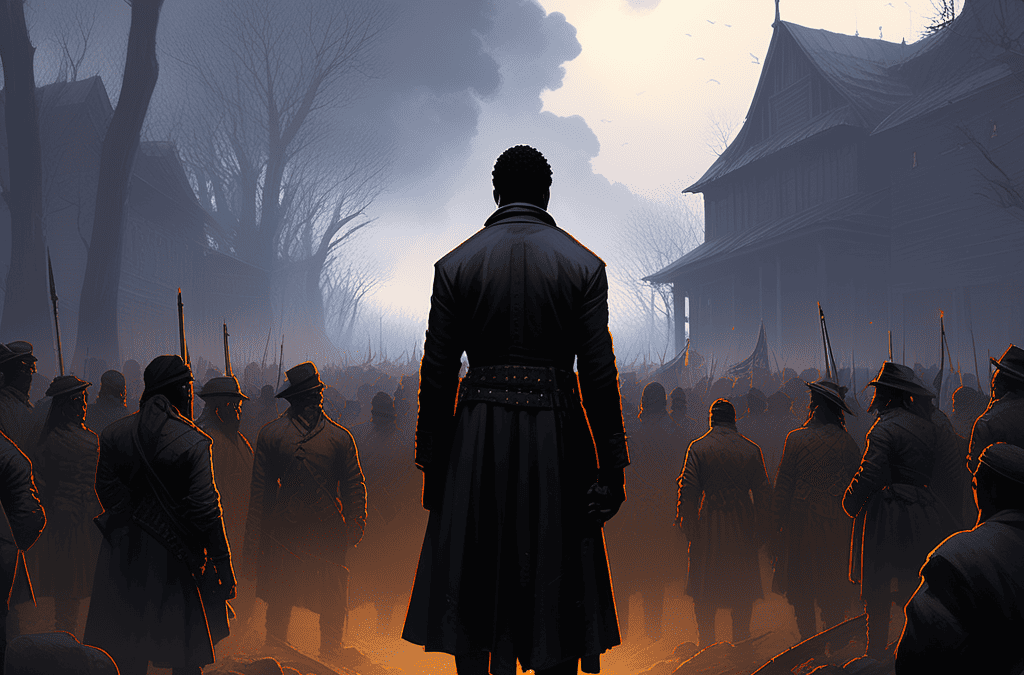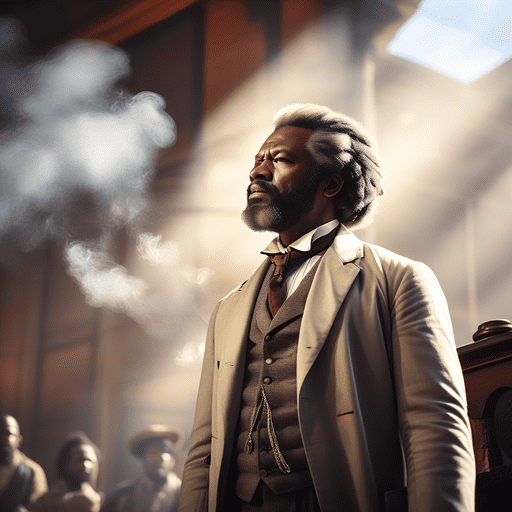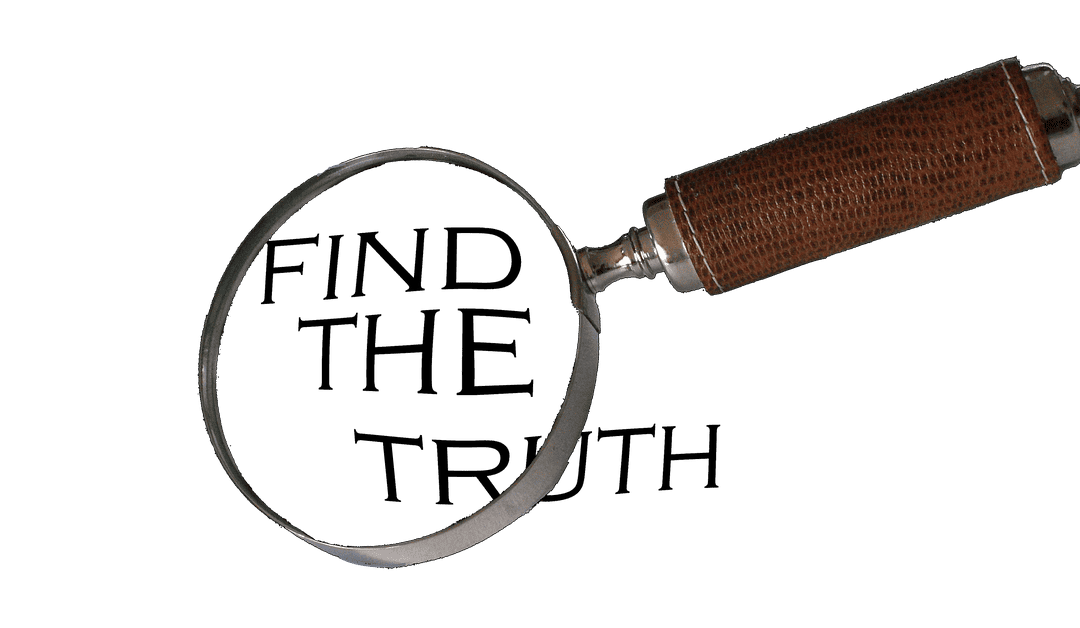
Black History Month: Reconstruction, 1865-1866
In December of 1863, in the midst of the Civil War, President Abraham Lincoln suggested a plan to reinstate the seceded states back into the Union, his “Ten Percent Plan.”
He would permit each Confederate state to form a new state government after ten percent of the voters in a state took loyalty oaths to the Union and recognized the former slaves’ freedom.
Following Lincoln’s assassination on April 9, 1865, his successor, former Vice-President Andrew Johnson, decided to run with Lincoln’s Ten Percent Plan.
Throughout the summer and fall of 1866, the Southern states held special state conventions. At them, they repealed secession, repudiated all Confederate debts, ratified the 13th Amendment that outlawed slavery, and held elections, all in accord with the Ten Percent Plan.
Those elected to various offices in these new state governments included: four former Confederate generals, five colonels, members of the Confederate government’s cabinet, plus Alexander Stephens, the Confederacy’s former Vice-President, who was indicted for treason.
President Johnson felt embarrassed that a series of former Confederates were back in power.
The one constant in these new state governments was their utter contempt for the former slaves, whom they considered “unfit, “inferior,” and “incapable of self-government.”
The new state governments passed a series of Black Codes, designed to keep the former slave poor, stuck at the bottom of the social ladder, with no opportunity for advancement.
Vagrancy laws within the Black Codes forced blacks into contracted labor on a plantation’s fields. Also, the Black Codes denied the former slaves equal protection under the law.
The former slaves convened at their own conventions, called Colored Conventions. At them, delegates discussed “labor, health care, temperance, emigration, voting rights, trial by jury, and education.” Anyone can read the convention’s minutes at the “Colored Conventions Project.”
On December 4, 1865, when the Thirty-Ninth Congress first convened in Washington D.C., Northern Republicans were dismayed to see former Confederates try to walk into the Capitol and assume a seat. They slammed the door in their faces, and Congress’s clerk refused to seat them.
They were called names: “impudent claimants,” “unrepentant,” and “former enemies.”
Thaddeus Stevens, a Republican in the House,” said, “Dead states cannot restore their existence. Congress must create states and declare when they are entitled to be represented.”
Both Presidential and Confederate Reconstruction had ended, but now Congressional Reconstruction was set to begin. A “spirit of revenge” motived these Radical Republicans to act.
On Dec. 13, 1865, Congress formed a Joint Committee of Fifteen on Reconstruction, composed of nine Representatives and six Senators to investigate and determine under what terms the seceded states might regain their status as a state, plus congressional representation.
The committee interviewed “144 witnesses, including 77 Northerners living in the South, 8 Blacks, and 57 Southerners,” and produced “more than 700 pages of testimony, a dreary recital of inhumanity,” of how whites mistreated the former slaves throughout the Southern states.
The committee first recommended further support for the Freedmen’s Bureau, intended to provide relief, food, and schools for the blacks. It also recommended a civil rights bill.
On April 9, 1866, Congress passed the Civil Rights Act of 1866, by a two-thirds vote over President Johnson’s veto. It declared that “all persons born in the United States were citizens,” “without distinction of race or color or previous condition of slavery or involuntary servitude.”
This Act was unique, the first United States federal law to define what persons are citizens.
Black History Month ends this week.
Reconstruction is a messy history. Some consider it a low point in American history. Others, including Eric Foner, historian at Columbia University, label it our nation’s “Second Founding.”
More next time on Reconstruction in these pages, thoughts on the 14th Amendment.



